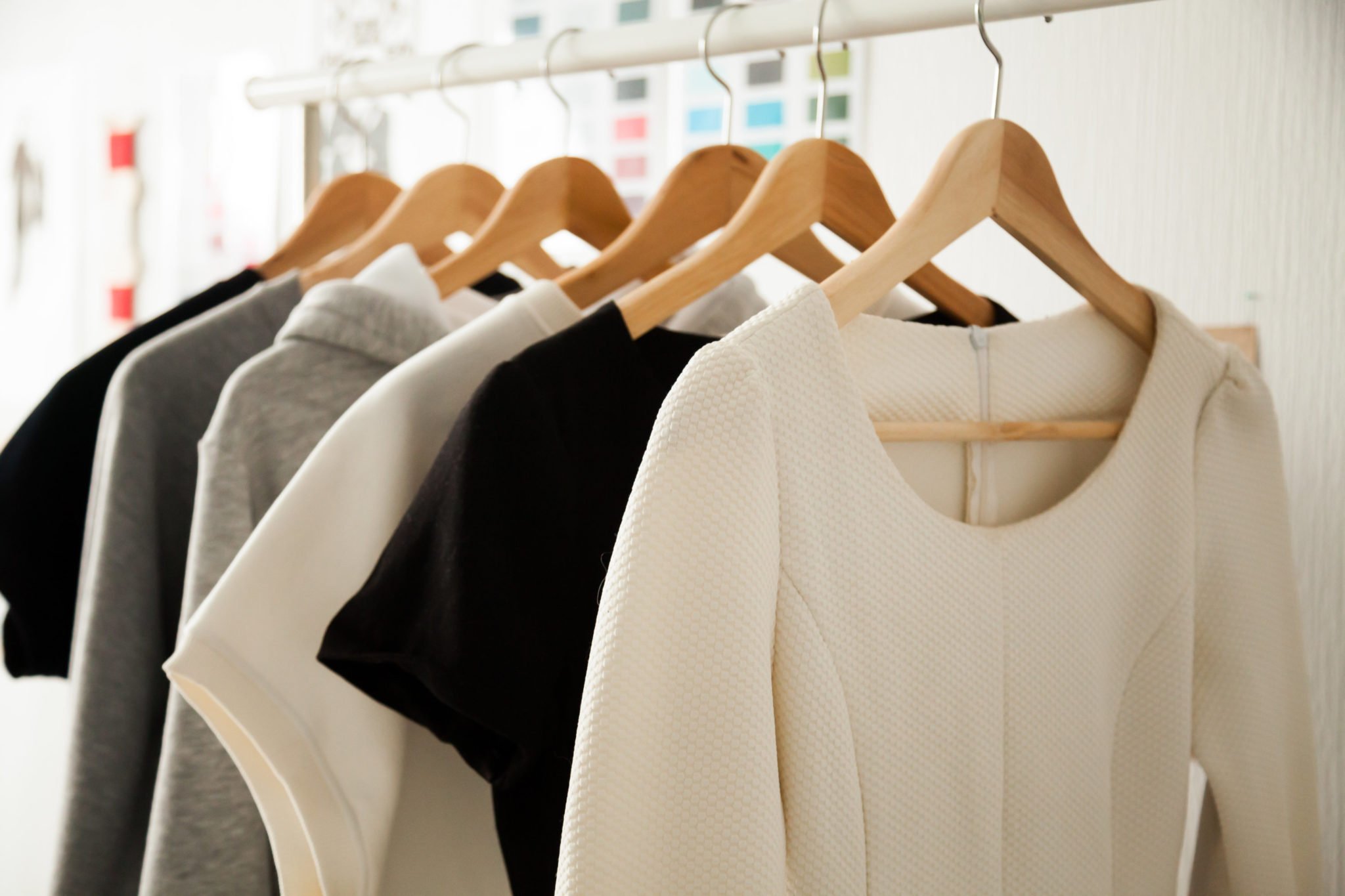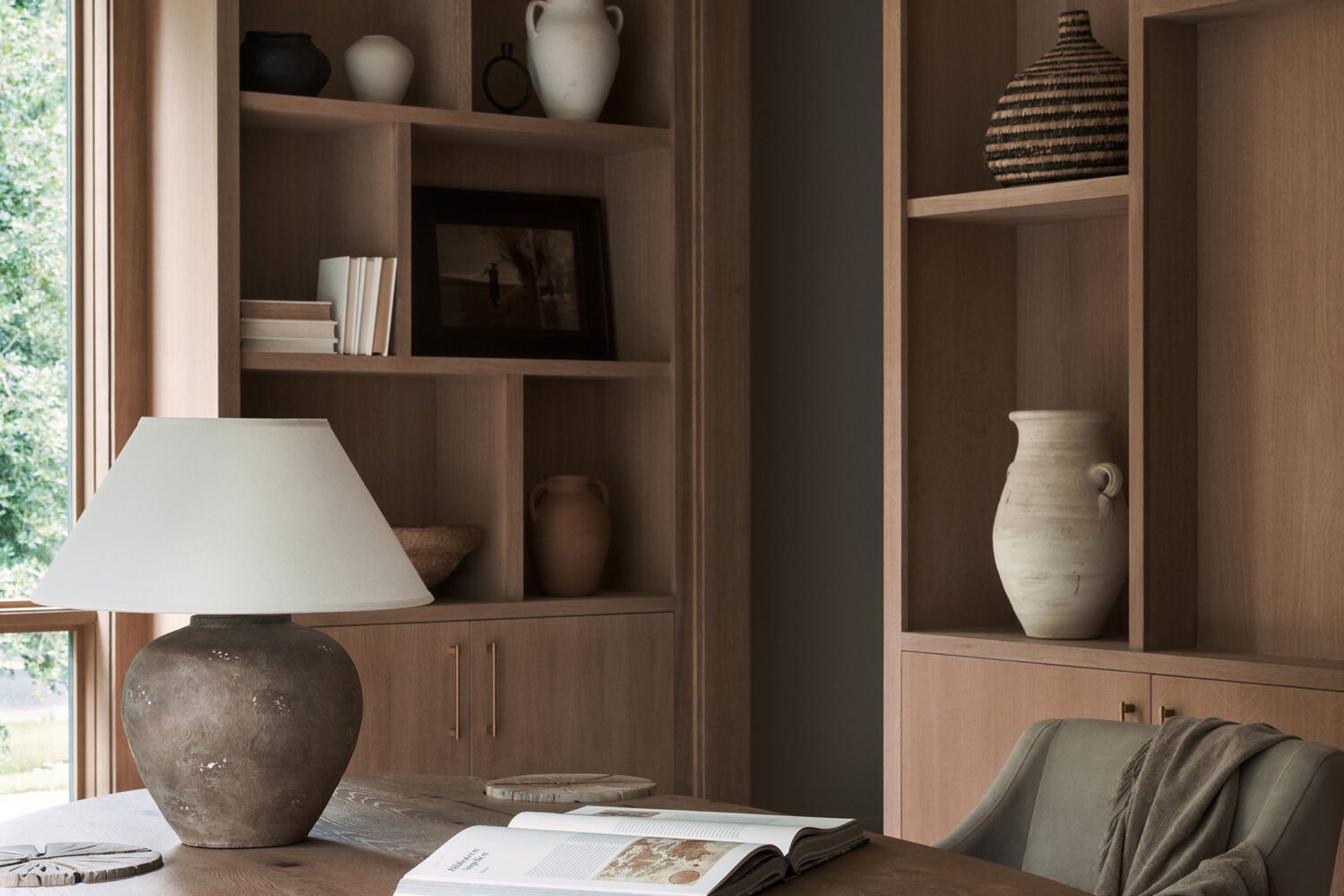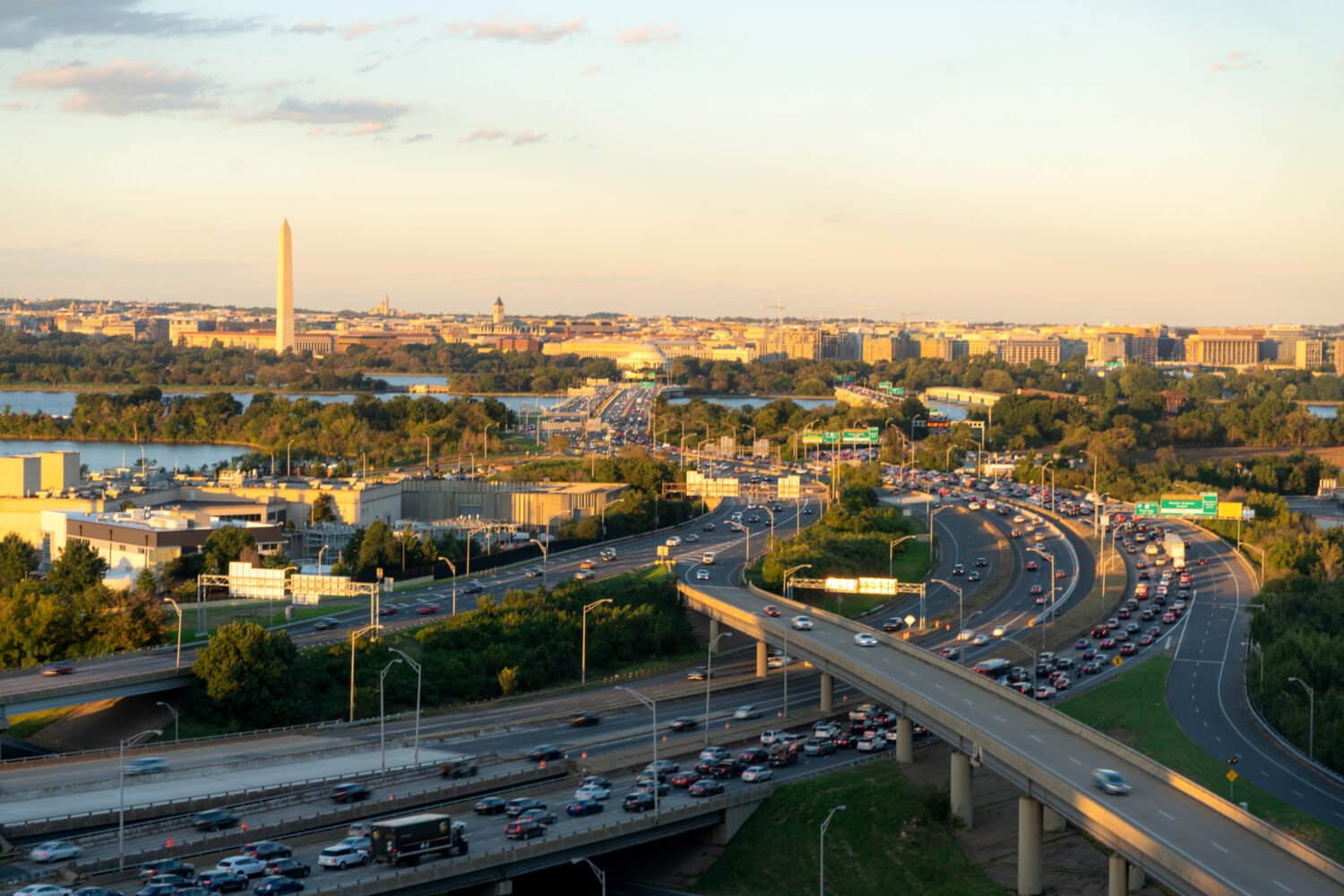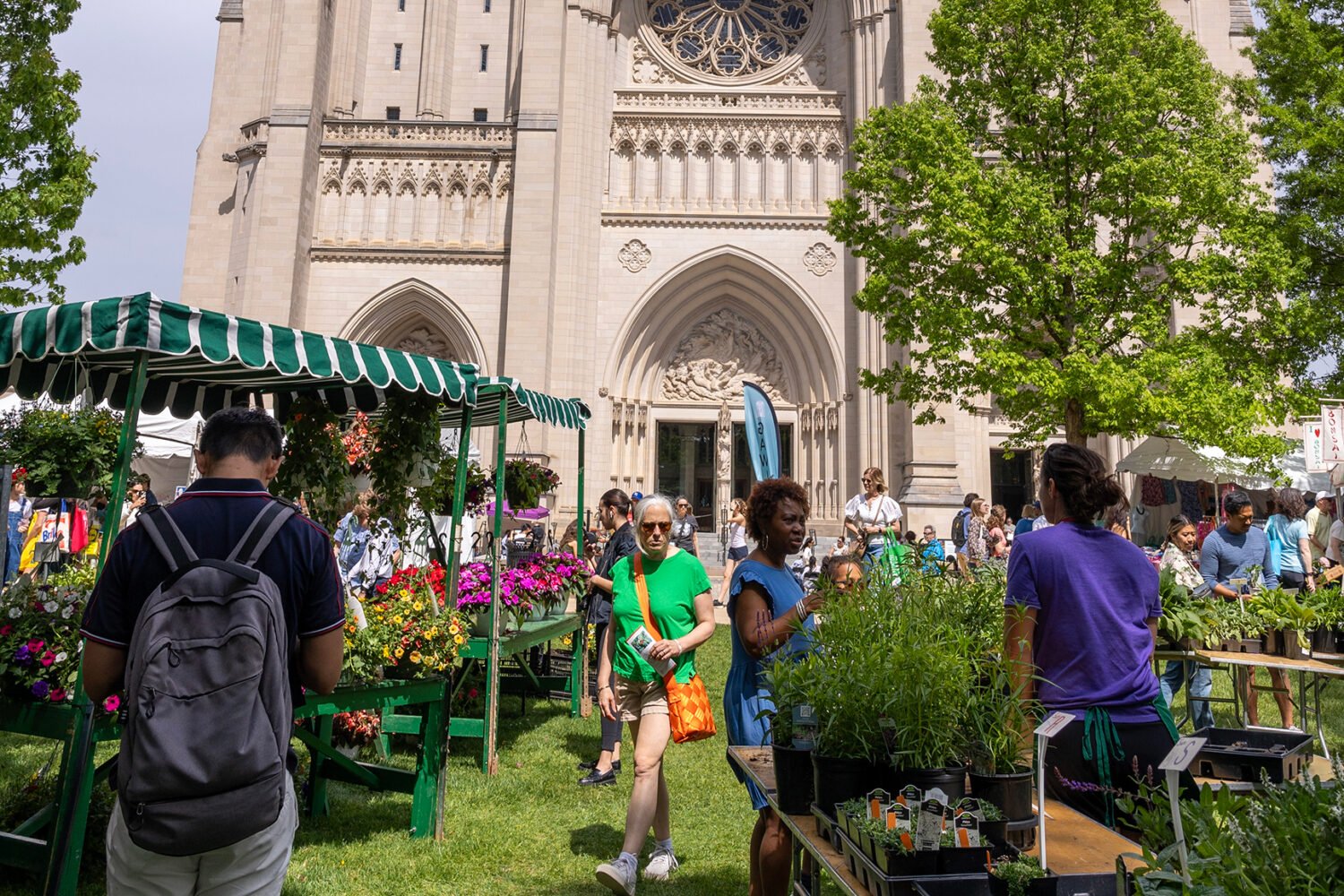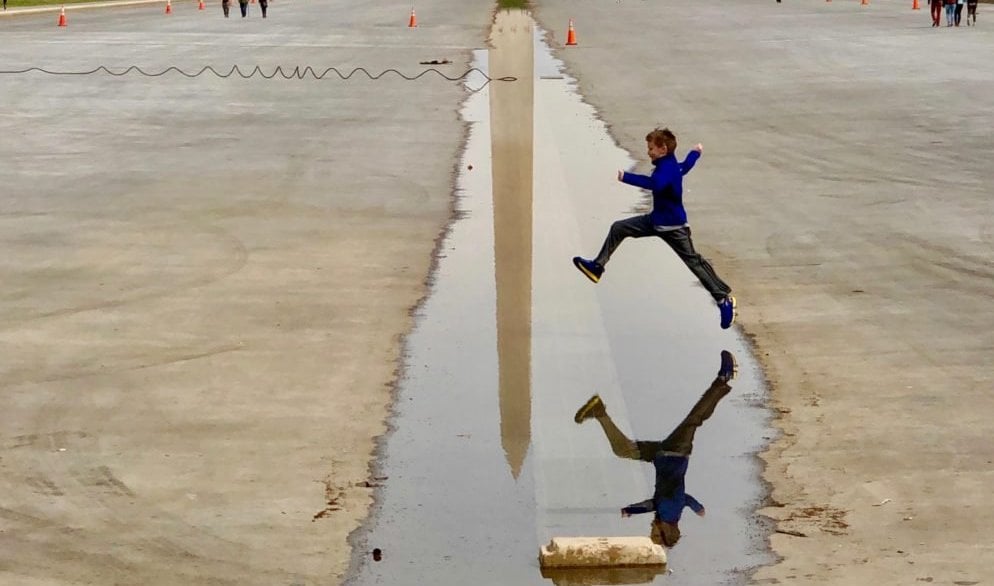Jessica Lee started a new consulting job during the pandemic. Good for Lee, but that also means that the 31-year-old Dupont Circle resident has to deal with a double-whammy: Figuring out the dress code at a new office while also figuring out what the new work uniform looks like after a year-and-a-half of WFH.
Throughout the pandemic, Lee has worn athletic clothes for remote working. (“I have like, nice going-out athletic clothes. And then I have like, stay-inside, messy athletic clothes.”) But starting a job remotely during a pandemic means that Lee has spent more time thinking about her new office uniform than usual. If you’ve been working at a place for several years and are returning IRL post-pandemic, you might feel more comfortable showing up in the kinds of casual outfits you’ve adopted during Covid. That’s not as easy to pull off when starting a new gig, though: “I had to Google, like ‘business casual’ to remind myself [via] image searches of what is appropriate summer business casual,” Lee says.
That being said, Lee is looking forward to going into the office, putting on real clothes, and having the chance to separate work-life from home-life. But she also doesn’t want to go back to doing that five days a week, which is why she’s thankful her new job is allowing a hybrid schedule post-Covid. “I like the two ends of that spectrum, and just knowing that this day is going to be a sloppier day versus tomorrow is going to be a ‘Wake up and get ready’ kind of day,” she says, as opposed to “needing to be somewhat put-together all five days, and not being at home all five days and being sloppy.”
Lee’s thought process is emblematic of a bigger question white-collar workers are considering as offices reopen: After 16-ish months at home, what the eff do we wear back to work? After foregoing blazers and makeup and heels and ties for so long, some folks are realizing they don’t want to return to that life. And others who started new jobs or whose bodies changed over the last year or who are only returning to the office part-time are trying to decipher what a post-pandemic business wardrobe means for them.
This conundrum has affected the business side of workwear, too: Companies such as Brooks Brothers, J. Crew, and the parent group of Ann Taylor and Loft filed for bankruptcy during the pandemic, and work-wear retailers are reimagining what constitutes a business outfit in a world where many will continue working remotely or return to more casual workplaces.
Aliza Asad noticed this when she recently went shopping for new return-to-office clothes. The 26-year-old tossed all her work clothes before going to live with her parents in southern California during the pandemic, which means she has to go shopping before returning to DC and her think-tank job. On a recent shopping trip, she noticed that spots like Loft, Old Navy, and White House Black Market had seemingly 180’d to appeal to a more casual lifestyle.
Throughout the pandemic, Asad has opted for workout wear and anything with elastic (“If you give me denim, or if I even see denim, I will scream,” she says). Part of her is excited about dressing up again. But she’s also not feeling her best physically and mentally post-pandemic, she says, which makes picking out new and less-comfy clothing difficult. “My body is not the same as it was at the beginning of the pandemic, which is totally fine,” she says. “But I think that just means I have to reassess the clothes in my closet—finding out, okay, what fits, what looks good on me, what I feel good in.”
This has sparked a more existential questioning of the norms that govern office dressing: “It’s like we have conformed to the ideas of how we are and aren’t supposed to dress, as opposed to dictating how we can and can’t dress ourselves,” she says. “And I don’t even know who made these rules. I have no idea who made business casual.”
Maya Brennan has had a similar train of thought. The 45 year old, who lives in Michigan Park, got a new job with the DC Council during the pandemic. In the old days, she’d wear nice sandals or low heels into the office, and opt for higher heels when she had a big meeting or presentation.
But after over a year of wearing slippers and sneakers every day, she realized she just can’t go back to the dress-shoe life. So she went out and got a pair of nicer-looking cross-trainers, and bought some work clothes that would look good with her new shoe uniform. “I ended up going out and trying to get a little refresh on work clothes, because I did find that I liked putting something on that looked good. It just needed to be comfortable and something that I could feel okay wearing sneakers with,” she says. “We’ll see if I end up being the most dressed-up sneaker-wearer in the Wilson building.”
But what about big meetings—will she dust off the heels for those? Dream on! “You can have my time. You can have my energy,” she says, “but you cannot make my feet hurt.”

